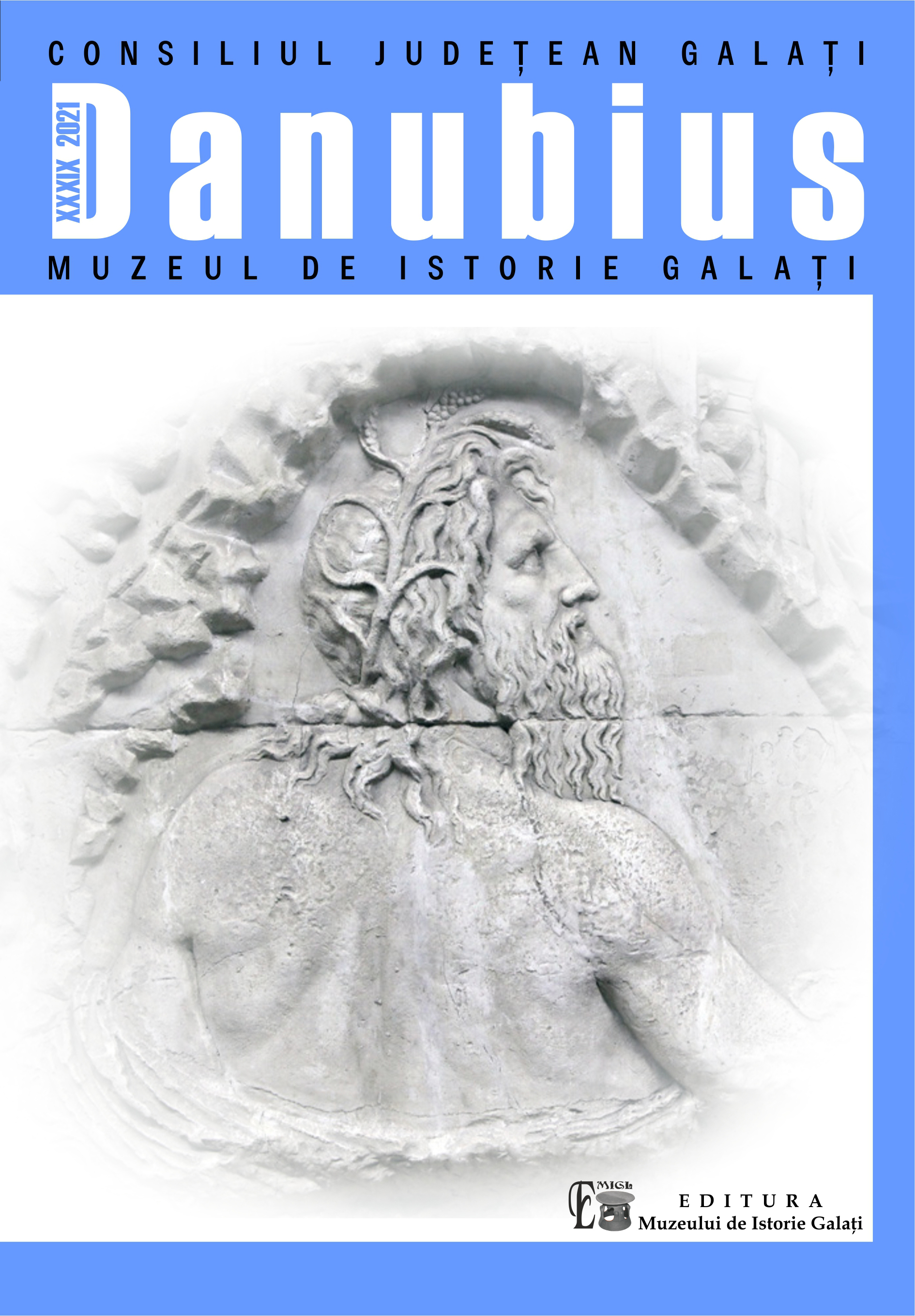Modernité et intemporalité chez Brâncuşi. L'ovoïde
Modernity and Atemporality of the Art of Brâncuşi. The Ovoid
Author(s): Raluca Cristina DragomirSubject(s): History, Fine Arts / Performing Arts, Cultural history, Visual Arts
Published by: Muzeul de Istorie „Paul Păltănea” Galaţi
Keywords: Constantin Brâncuşi; ovoid; Sleeping Muse; Prometheus; Miss Pogany;
Summary/Abstract: The ovoid accompanies all of Brâncuși's creation; his first performance must be sought very early, towards the beginning of his artistic career, in the series of Children’s Heads. Romanian and foreign exegetes detect in these works Rodin’s influence, but also a very personal note. The evolution of this theme is edifying for the stylistic changes which characterize his art. Brâncuși gradually and fairly quickly departed from the example of the master of Meudon. The study of children's heads and their variants sculpted between 1906-1908 reveal the way in which the sculptor found the opportunity to comment on simple forms, organized in clear lines, but also to study the dramatic intersections of angles, of the axes of organization of volumes, elements of future interpretations, severely stylized, of the ovoid forms inaugurated around 1911. The formal evolution of portraits clearly means simplifying, concentrating the expression, gradually eliminating the gesture.
Journal: Danubius
- Issue Year: XXXIX/2021
- Issue No: 1
- Page Range: 265-273
- Page Count: 9
- Language: French

